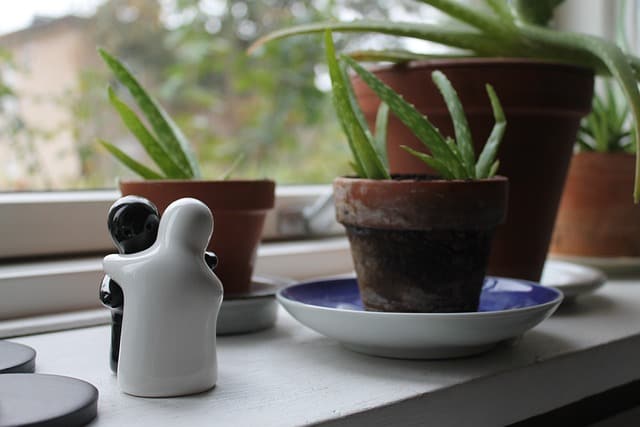Aloe plants are known for their healing properties and have been used for medicinal purposes for centuries. These succulents are easy to care for and can survive in a range of temperatures. However, many people wonder how cold an aloe plant can survive.
According to gardening experts, aloe plants are sensitive to cold weather and cannot tolerate temperatures below 25ºF (-4ºC) for extended periods.
When the temperature drops below this level, the gel-like fluid within the aloe’s leaves can freeze, causing the plant’s cells and well tissues to be destroyed. This can lead to the plant dying if left in the extreme cold for too long.
If you live in an area with cold winters, it’s important to take steps to protect your aloe plant. This can include moving it indoors or covering it with a blanket or tarp during cold snaps.
By taking care of your aloe plant during the winter months, you can help ensure that it will continue to thrive and provide you with its many benefits for years to come.
Key Takeaways on How Cold Can an Aloe Plant Survive?
- Aloe plants cannot survive temperatures below 25ºF (-4ºC) for extended periods.
- To protect your aloe plant in cold weather, move it indoors or cover it with a blanket or tarp during cold snaps.
- With proper care, aloe plants can continue to thrive and provide their many benefits for years to come.
Check out these other top posts in this category:
- How Cold Can a Snake Plant Survive?
- How Big Does a Habanero Plant Get?
- Why Do Plants And Animals Depend On Each Other?
Understanding Aloe Plant
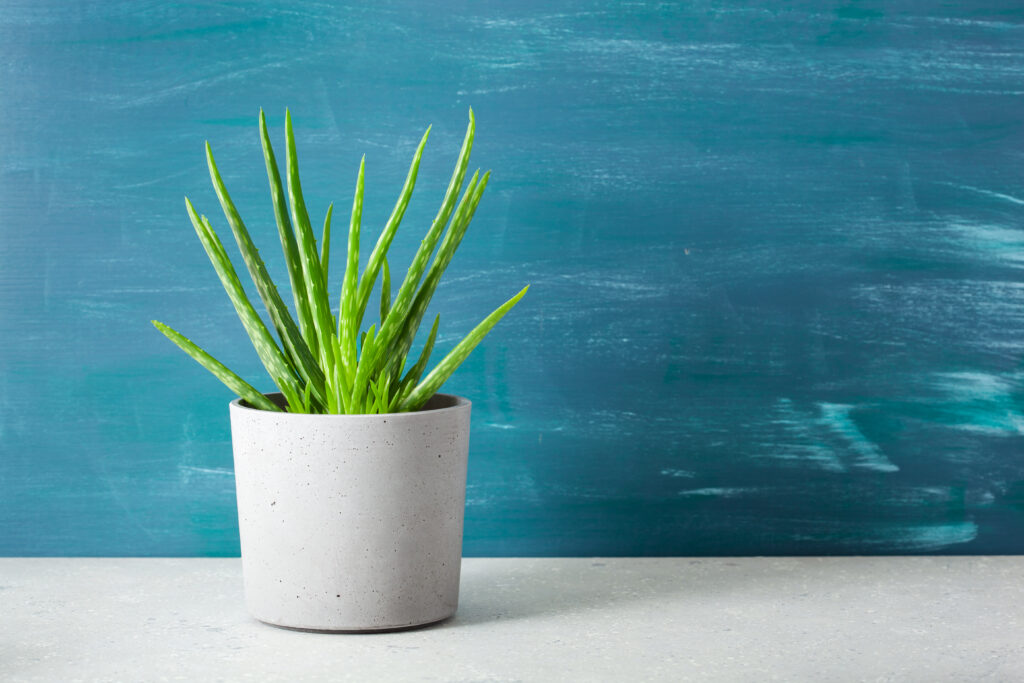
Aloe plants are succulent plants that belong to the family Asphodelaceae. There are over 400 species of aloe plants, but the most commonly known and cultivated species is Aloe vera plant.
Aloe vera plants are native to the subtropical regions of Africa and the Arabian Peninsula. They are known for their thick, fleshy leaves that store water, making them capable of withstanding long periods of drought.
Aloe vera plants are commonly used for their medicinal properties. The gel inside the leaves is used to treat burns, wounds, and skin irritations. Aloe vera plants are also used in the cosmetic industry for their moisturizing and soothing properties.
Aloe vera plants thrive in warm and dry climates, with temperatures between 50-75°F. They can be grown indoors or outdoors, but they require bright, indirect sunlight and well-draining soil. Aloe vera plants can tolerate long periods of drought, but they cannot survive in extreme cold temperatures.
The natural habitat of aloe vera plants is in subtropical regions, where the temperature rarely drops below freezing. Aloe vera plants cannot survive temperatures below 25°F (-4°C) for several hours.
When the temperature drops below freezing, the gel-like fluid inside the leaves freezes, causing damage to the plant’s cells and tissues. If left in the extreme cold for too long, the plant will die.
Aloe arborescens is another species of aloe plant that is known to be more cold-hardy than Aloe vera. Aloe arborescens can survive temperatures as low as 20°F (-7°C) for short periods. However, it is still important to protect the plant from extreme cold temperatures to ensure its survival.
Temperature Tolerance of Aloe Plants
Aloe plants are known for their hardiness and ability to survive in different environmental conditions. However, they have a specific temperature range in which they thrive and grow best. Aloe vera plants are sensitive to extreme temperatures, both hot and cold.
The ideal temperature range for aloe vera is between 50°F to 75°F. At this temperature range, the plant can grow well and produce healthy leaves. If the temperature goes above 90°F, the plant may suffer from heat stress, which can cause the leaves to turn yellow and dry out.
On the other hand, aloe vera plants can also survive cold temperatures, but they are sensitive to frost and hard freeze. Most species of aloe vera cannot survive temperatures below 25°F (-4°C) for several hours.
Extremely low temperatures cause the gel-like fluid within the aloe’s leaves to freeze. Hard freeze destroys the plant’s cells and well tissues, causing it to die if left in the extreme cold for too long.
If an aloe vera plant is exposed to cold shock, it may suffer from cold damage, which can cause the leaves to turn brown or black. In this case, it is best to prune the damaged leaves and wait for new growth to appear.
To protect aloe vera plants from cold temperatures, it is advisable to grow them indoors before temperatures start dropping, to avoid damage from freezing. If growing them outdoors, it is best to plant them in an area with excellent drainage to prevent water from accumulating around the roots, which can cause the plant to rot.
In summary, aloe vera plants can survive cold temperatures, but they are sensitive to frost and hard freeze. The ideal temperature range for aloe vera is between 50°F to 75°F, and they can suffer from heat stress if the temperature goes above 90°F.
It is advisable to grow aloe vera plants indoors before temperatures start dropping to protect them from cold damage.
Caring for Aloe in Cold Weather
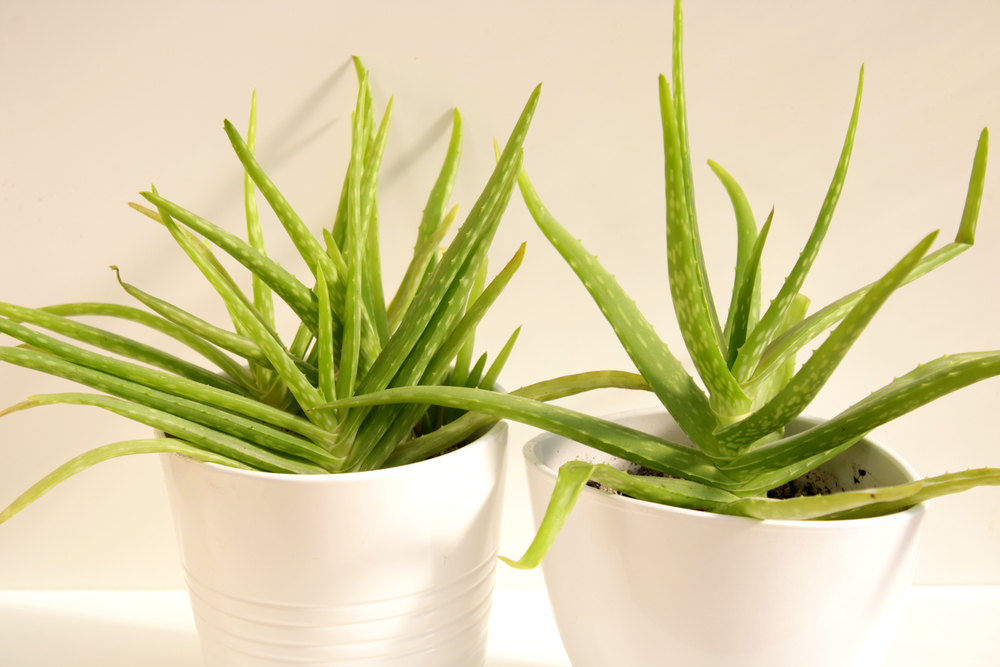
Aloe plants are generally known for their ability to thrive in warm temperatures, but they can also survive in colder weather conditions. However, it’s important to take care of them properly to ensure their survival during the winter months.
Cold Tolerance
Aloe plants are tolerant of cold temperatures to some extent, but they cannot survive freezing temperatures for extended periods. According to some scientists, aloe can survive temperatures as low as 40 degrees Fahrenheit. However, most species of aloe vera cannot survive temperatures below 25ºF (-4ºC) for several hours.
Frost Damage
When exposed to frost, aloe plants can suffer from frost damage. Frost damage occurs when ice crystals form on the surface of the plant, causing the plant cells to rupture and die. The leaves of the plant may turn red or brown, and the plant may appear wilted.
Protecting Aloe Plants in Cold Weather
To protect aloe plants from frost damage, it’s important to cover them with a blanket or frost cloth when temperatures drop below freezing. Frost cloths are specially designed to protect plants from frost damage by trapping heat and preventing frost from forming on the plant.
It’s also important to avoid watering aloe plants during the winter months, as wet soil can freeze and damage the roots of the plant. Instead, wait until the soil is dry before watering the plant.
Growing Aloe Plants Indoors and Outdoors
Aloe plants can be grown both indoors and outdoors, depending on the climate and growing conditions. When growing aloe plants indoors, it is important to provide them with adequate light and water.
Aloe plants thrive in bright, indirect sunlight, so placing them near a window that receives plenty of natural light is ideal. However, direct sunlight can scorch the leaves, so it is best to provide some shade during the hottest parts of the day.
When it comes to watering aloe plants, it is important to strike a balance between too much and too little water. Overwatering can lead to root rot, while underwatering can cause the leaves to dry out and turn brown.
A good rule of thumb is to water the plant when the soil feels dry to the touch, but not completely dry. It is also important to use a well-draining soil mix to prevent water from pooling around the roots.
Aloe plants can also be grown outdoors in areas with mild to warm climates. When growing aloe plants outdoors, it is important to choose a location with well-draining soil and plenty of sunlight.
Aloe plants can tolerate some shade, but they will not thrive in areas with too little light. It is also important to protect the plants from frost and freezing temperatures, as most species of aloe vera cannot survive temperatures below 25ºF (-4ºC) for several hours.
When planting aloe vera outdoors, it is important to choose a spot that is sheltered from strong winds and extreme temperatures. Aloe plants can be grown in pots or directly in the ground, depending on the growing conditions and personal preference.
If planting in a pot, choose a container that is slightly larger than the plant’s root ball and use a well-draining soil mix. When planting directly in the ground, amend the soil with sand or gravel to improve drainage.
Watering and Fertilizing Aloe Plants

Aloe plants are succulents that store water in their leaves, making them drought-tolerant. However, they still need to be watered occasionally to thrive. Overwatering can lead to root rot and other issues, so it’s important to find the right balance.
When watering aloe plants, it’s best to wait until the soil is completely dry before watering again. This can vary depending on the size of the pot, the type of soil, and the environment. In general, a good rule of thumb is to water aloe plants every two to three weeks in the summer and every four to six weeks in the winter.
It’s important to use well-draining soil when planting aloe plants to prevent water from sitting in the soil and causing root rot. Adding sand or perlite to the soil can help improve drainage.
Fertilizing aloe plants is not necessary, but it can help them grow and thrive. It’s best to fertilize aloe plants once a year in the spring with a balanced fertilizer. Overfertilizing can lead to burnt leaves and other issues, so it’s important to follow the instructions on the fertilizer package and not to fertilize too often.
Overall, watering and fertilizing aloe plants is relatively easy as long as you find the right balance and provide proper drainage.
Health Indicators of Aloe Plants
Aloe plants are known for their resilience and ability to survive in various conditions. However, they are not immune to damage, and it is crucial to keep an eye on their health indicators to ensure their survival. Here are some of the health indicators to look out for:
1. Leaves
The leaves of an aloe plant are a good indicator of its health. If the leaves are firm and plump, it means the plant is healthy. However, if the leaves are soft and mushy, it could be a sign of overwatering or root rot. On the other hand, if the leaves are dry and brittle, it could be a sign of underwatering.
2. Damage
Aloe plants are susceptible to damage, especially during transportation or repotting. If the plant has damaged leaves, it is essential to remove them to prevent further damage. However, if the damage is severe, it could affect the overall health of the plant.
3. Wilting
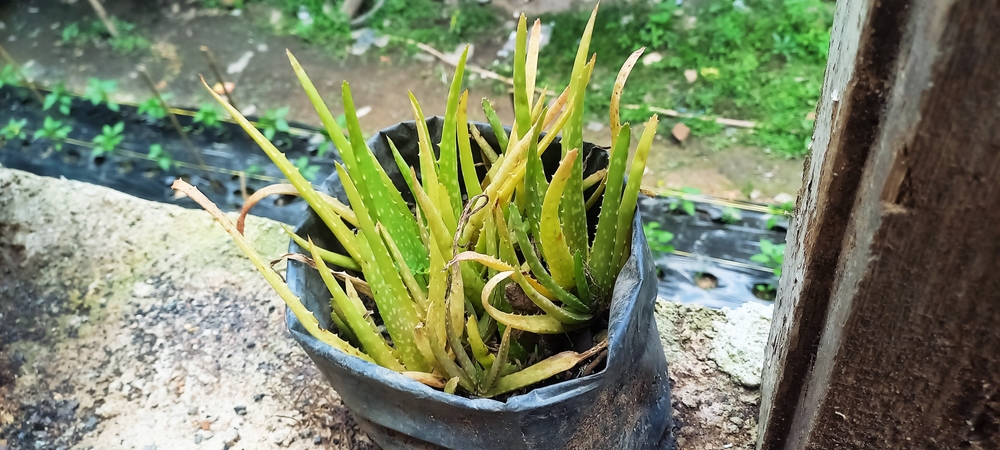
Aloe plants can wilt due to various reasons, including overwatering, underwatering, or stress. If the plant is wilting, it is crucial to identify the cause and take appropriate action. In some cases, moving the plant to a different location can help alleviate the stress.
4. Sunburns
Aloe plants can get sunburned if they are exposed to direct sunlight for extended periods. The leaves may turn yellow or white, or develop dark spots. To prevent sunburns, it is essential to move the plant to a shaded area during the hottest part of the day.
5. Dormancy
Aloe plants may go into dormancy during the fall and winter months. During this time, the plant may appear wilted or have damaged leaves. It is crucial to reduce watering during this period to prevent overwatering..
Reviving a Damaged Aloe Plant
Aloe vera plants are susceptible to damage from cold temperatures. When an aloe vera plant is exposed to cold temperatures, two types of damage can occur: freeze damage or frost damage.
Freeze damage occurs when the temperature drops below 25ºF (-4ºC) for several hours, causing the gel-like fluid within the aloe’s leaves to freeze and destroying the plant’s cells and tissues. Frost damage occurs when the temperature drops below 32ºF (0ºC) for a short period, causing the leaves to turn brown and mushy.
If an aloe vera plant has suffered damage from cold temperatures, it is possible to revive it with proper care. Here are some steps to follow:
- Remove the plant from the cold and place it in a warm, sunny spot. Aloe vera plants require plenty of sunlight to recover from damage, so make sure to place it in a location that receives at least six hours of sunlight per day.
- Check the roots for root rot. If the soil is waterlogged and the roots are mushy and brown, the plant may have root rot. To prevent further damage, remove the plant from the pot, cut off any damaged roots with a knife, and repot the plant in fresh, well-draining soil.
- Stake the plant if necessary. If the plant has become top-heavy or has fallen over, use a stake to prop it up until it has recovered.
- Water the plant sparingly. Aloe vera plants store water in their leaves, so they do not require frequent watering. Water the plant only when the soil is completely dry, and do not let the plant sit in standing water.
- Wait for new growth. It may take several weeks or even months for the plant to recover fully. During this time, avoid fertilizing the plant and allow it to focus on photosynthesis and producing new growth.
Frequently Asked Questions
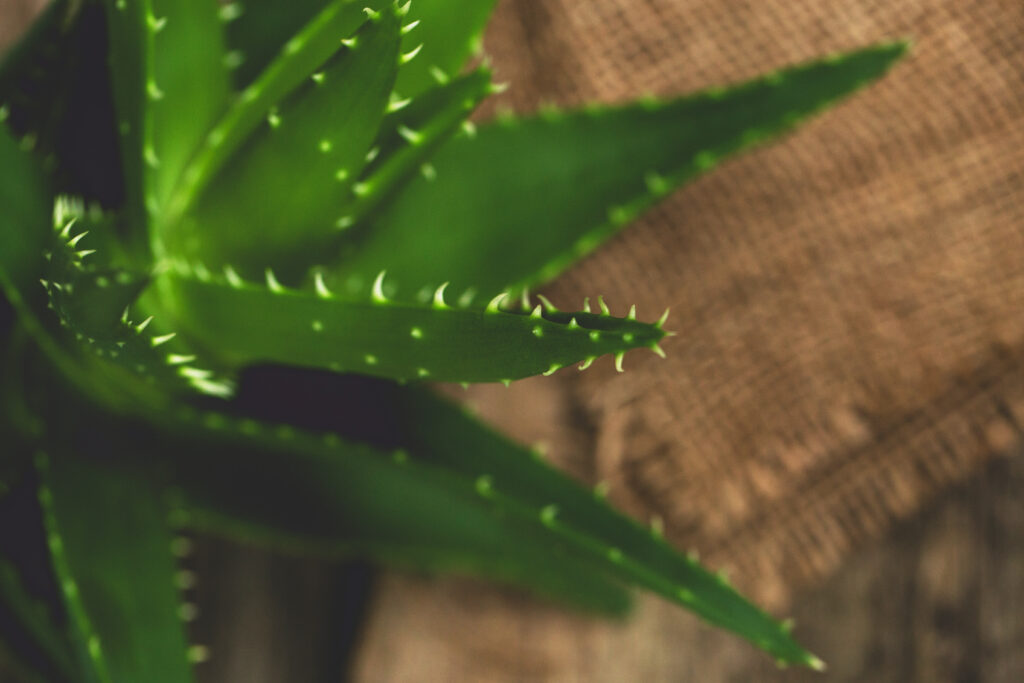
What temperature is too cold for an aloe plant?
Aloe vera plants are sensitive to cold temperatures and cannot tolerate frost. The ideal temperature range for aloe is between 50°F and 75°F. If the temperature drops below 40°F, the plant will start to suffer, and if it stays at that temperature for a prolonged period, it may die.
How cold can an aloe plant survive in the winter?
Aloe vera plants are native to hot and dry regions, and they cannot tolerate freezing temperatures. While some sources suggest that aloe vera plants can survive temperatures as low as 40°F, it is not recommended to expose them to such low temperatures for an extended period.
The best way to keep an aloe vera plant healthy during the winter is to keep it indoors or in a warm, sheltered area.
How to protect Aloe vera plant in winter?
To protect an aloe vera plant in winter, it is essential to keep it in a warm and sheltered area. If the plant is outside, cover it with a frost cloth or blanket to protect it from the cold.
Reduce watering frequency during the winter months to prevent the soil from becoming too damp, which can lead to root rot. Prune off any frost-damaged leaves and acclimate the plant gradually after winter.
At what temperature should I bring my aloe plant inside?
If you live in an area where the temperature drops below 50°F during the winter months, it is recommended to bring your aloe vera plant indoors. Aloe vera plants cannot tolerate freezing temperatures and should be kept in a warm and sheltered area to prevent damage.
Will aloe vera come back after freeze?
If an aloe vera plant is exposed to freezing temperatures for an extended period, it may die. However, if the plant is only exposed to freezing temperatures for a short time, it may recover. The best way to prevent damage to an aloe vera plant during the winter is to keep it in a warm and sheltered area.
What temperature can aloe tolerate outside?
Aloe vera plants can tolerate temperatures between 50°F and 75°F. However, they cannot tolerate freezing temperatures or frost. If you live in an area where the temperature drops below 50°F during the winter months, it is recommended to bring your aloe vera plant indoors or cover it with a frost cloth or blanket to protect it from the cold.

Hey, I’m Lisa and I’ve been an avid gardener for over 30 years. I love writing, talking and living in the garden! Feel free to connect with me on my socials below

